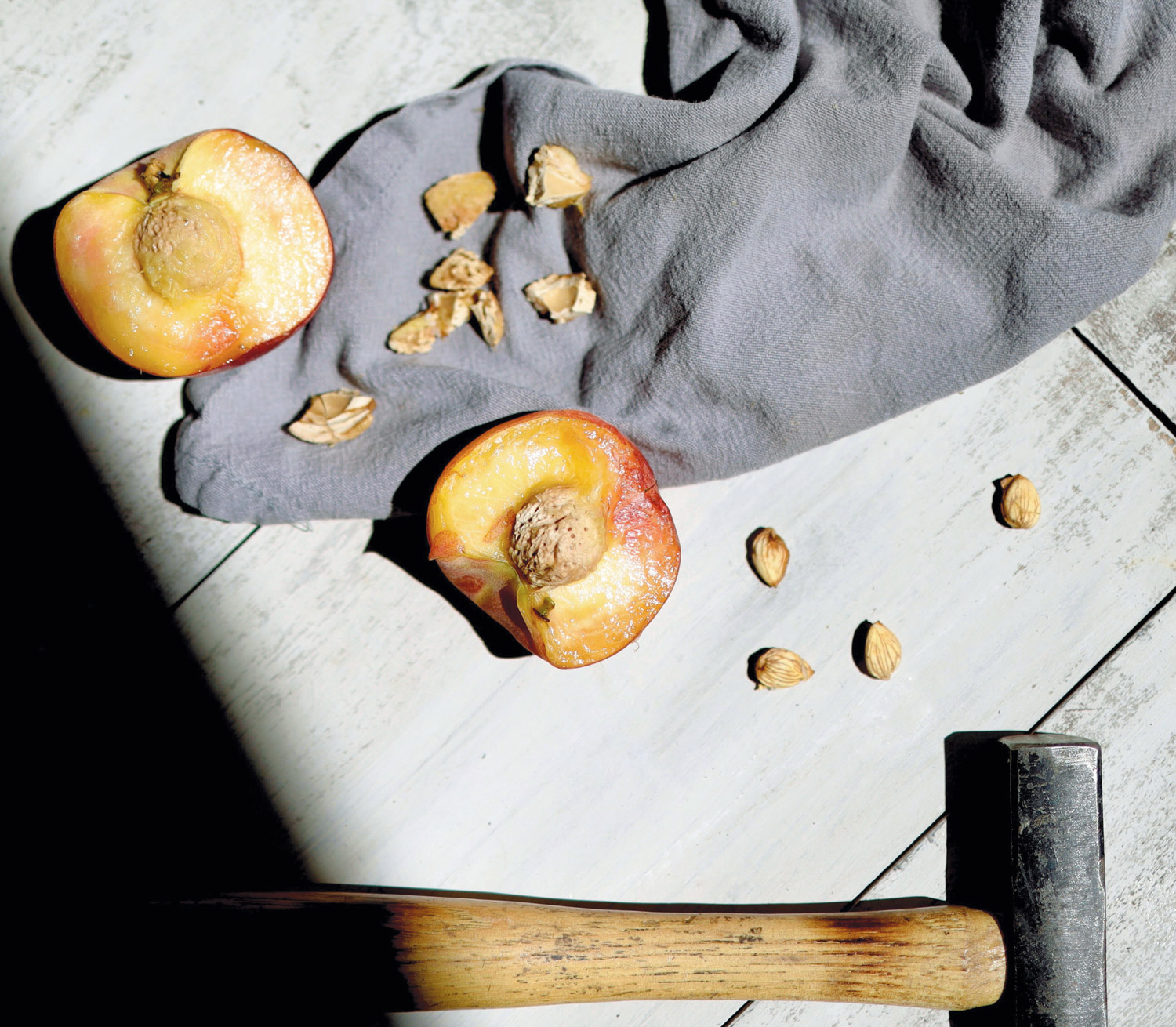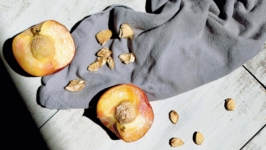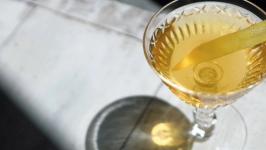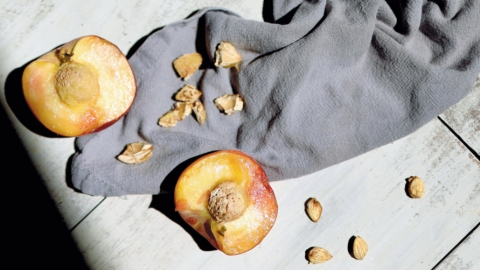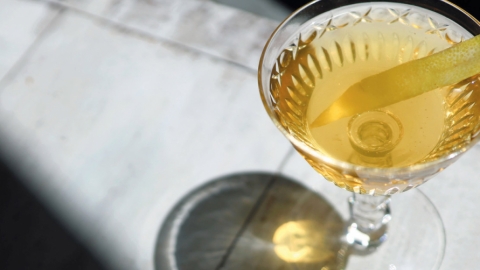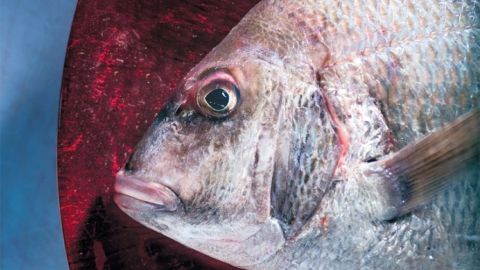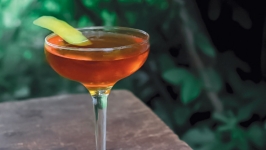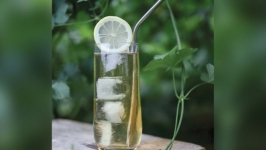Peach Noyau
At the center of every Jersey peach to be consumed this summer lies an intensely flavorful, hidden morsel that all too often ends up in the compost bin. I’m not talking about the pits themselves, but the kernels found inside of them that smell and taste like the purest almonds of your dreams. In France, they call this kernel noyau, and Europeans have been using it for centuries to make bitter almond extract, marzipan and bar staples like amaretto and Crème de Noyaux. Most commercially available versions of these ingredients have an inherent artificial taste (“faux-yau,” perhaps?). But once you make your own amaretto from fresh summertime peaches, you’ll never go back to the store-bought stuff.
If you’re wondering how amaretto, a bitter-almond liqueur, can be made from peach pits, the answer is that peaches and almonds are botanical cousins, both falling in the Prunus genus of plants, along with cherries, plums, nectarines and apricots. The fruits of this family are what’s known as drupes, which essentially means that they have a stone (or pit) inside the fleshy, edible part of the fruit. Inside the pits of the almond fruits are where the almonds are found; in peaches, it’s the noyau.
Exposing the noyau and transforming it into amaretto takes time, dedication and labor. The 60 peaches called for in this recipe may seem daunting, but the pits can be frozen along the way as you bake, preserve and eat the fresh fruit throughout the summer months. Once you’ve amassed the necessary number of pits, the next step is to break open the stones to get to the jackpot. To do this, I typically sit on the pavement armed with a hammer and tea towel. I wrap each pit in the towel, then carefully hammer it to get to the noyau. This is a one-by-one process.
There is one final step to ensure that no one is harmed by consuming your peach pit amaretto. Members of the Prunus genus all contain trace amounts of amygdalin in their fruit and seeds. Amygdalin undergoes a reaction in the body that yields hydrogen cyanide, a chemical that’s toxic to humans. While the cyanide is present in such small amounts that it’s not thought to be dangerous, there have been instances reported throughout history where, after long-term cellar storage of amaretto, cyanide collects at the top of the bottle and concentrates enough to deliver a lethal dose to some unsuspecting imbiber. Luckily, as Alice Waters notes in her Chez Panisse Fruit cookbook, you can roast the kernels twice to disable the amygdalin and prevent its conversion into cyanide. Though people debate if this is a necessary step, I like to do it for peace of mind.
Once they are roasted, the noyaux can then be macerated in alcohol to make the amaretto. I like to use a classic grape brandy as my base spirit of choice, but bourbon and Applejack are fine choices as well. If you start in July or August, it should be ready to drink by the holidays in December. Add some to your coffee, stir it with Scotch to make a classic Godfather cocktail, or make a revamped version of the classic Amaretto Sour.


